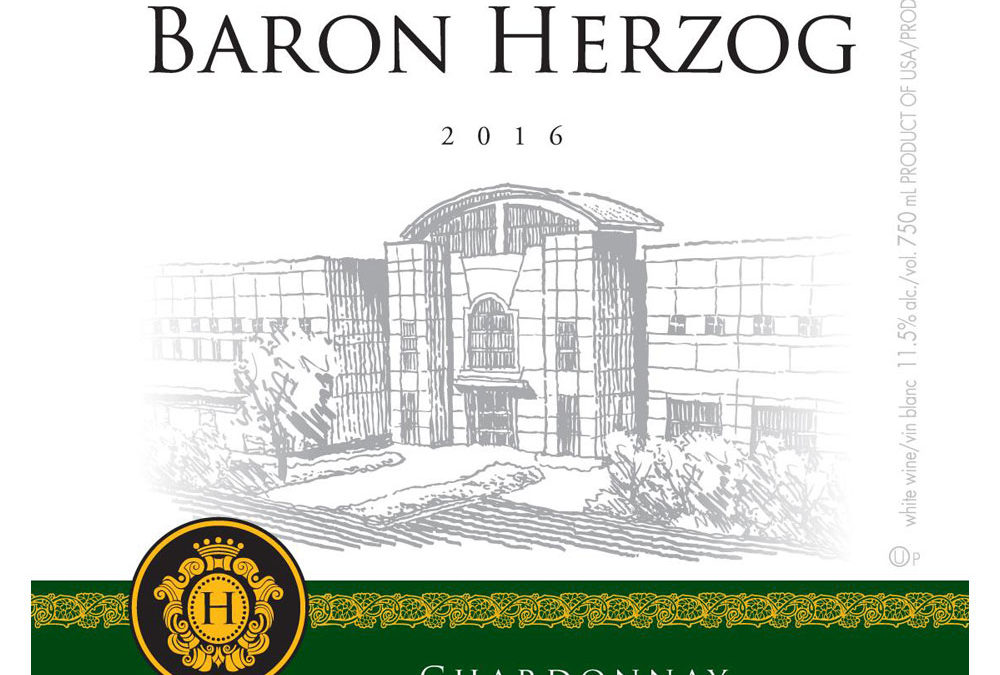
Kosher wines made using specific rules
There are many misconceptions about kosher wines.
The most common is that they are sweet and of poor quality.
In the early 1980s only a few wineries were producing kosher wines and most were sweet. Today, the kosher wine market is vibrant and growing.
Consuming kosher food, including wine, is essential to those who observe kashrut, the body of Jewish religious laws concerning the suitability of food, the fitness for use of ritual objects, etc.
The term kosher was derived from the Hebrew word for “fit,” meaning fit for consumption. Kosher wines start as with any wine — with a grape.
Kosher does not mean the wine was blessed by a rabbi. Rather, it means the wine was produced following specific rules according to kashrut.
Only religious Jews can handle the wine and touch equipment from the time the grapes arrive at the winery. Even a Jewish winemaker who is not orthodox cannot draw samples from the barrels. The additives used in the wine-making process are restricted too. Fining, cleaning materials and the yeast must be certified as kosher and not derived from animal by-products. Isinglass (coming from a nonkosher fish), gelatin (an animal derivative) and casein (a dairy derivative) are prohibited.
There are three basic categories of kosher wine.
“Kosher” is produced in a matter approved in accordance with Jewish Dietary Laws.
“Kosher for Passover” are wines not coming in contact with bread, grain or products made with leavened dough.
“Kosher le Mehadrin” are wines following the rules of kashrut but must be strictly approved.
Manischewitz and other sweet red wines are kosher but these are generally considered sacramental wine or “Kiddush wine.” These wines tend to taste like sugary, syrupy water. As more and more Jewish families search out dry table wines for festivals and blessings these wines and this style are also changing.
Mevushal wines differ in that they have been flash pasteurized so they remain kosher even if a nonobservant or non-Jewish person serves the wines. This wine must be heated to 185 degrees. Just in the last five years, “flash pasteurization” for wines was in its infancy, today this technique is becoming much more precise, satisfying the rabbinical requirement and not harming the overall quality of a wine as it had in the past.
THE VALUE
- 2016 Baron Herzog Chardonnay, California (about $19 retail)
THE SPLURGE
- NV Laurent Perrier Brut, France (about $75 retail)